Introduction
Large-cap ETFs provide investors with exposure to well-established companies that dominate their industries and drive economic growth. These funds are favored for their stability, liquidity, and potential for steady long-term returns. Investors seek large-cap ETFs to diversify their portfolios while minimizing individual stock risks. Key metrics such as market capitalization, expense ratios, and tracking accuracy help evaluate ETF performance.
What Defines a US Large-Cap ETF?
Large-cap ETFs specialize in investing in companies with market capitalizations exceeding ten billion dollars. These funds provide exposure to well-established businesses that have demonstrated financial stability and consistent earnings over time. Investors favor large-cap stocks for their ability to offer steady returns and lower volatility compared to mid- and small-cap companies. By investing in a diversified portfolio of large-cap stocks, ETFs allow investors to mitigate individual stock risks while benefiting from the long-term growth potential of industry leaders.
Investing in large-cap stocks within the US market offers unique advantages, as these companies often dominate their respective industries and contribute significantly to economic growth. Many large-cap ETFs track benchmark indices such as the S&P 500 or Russell 1000, ensuring exposure to companies with strong financials and competitive advantages. Key indicators used to evaluate large-cap ETFs include market capitalization, liquidity, and expense ratios. Market capitalization determines the size of the companies included in the fund, influencing overall risk and return potential.
Benefits of Investing in US Large-Cap ETFs
US large-cap ETFs provide investors with broad portfolio diversification, reducing exposure to individual stock volatility. These funds include a mix of well-established companies across various sectors, helping to balance risk while maintaining steady returns. By investing in a diversified basket of large-cap stocks, ETFs allow investors to mitigate the impact of market fluctuations and sector-specific downturns.
Historically, large-cap ETFs have demonstrated resilience compared to individual stock investing. While selecting individual stocks requires extensive research and carries higher risk, ETFs provide exposure to a broad market index, ensuring steady performance over time. Passive investing through ETFs has often led to better long-term results, particularly in large-cap segments. Dividend yields are another key advantage of large-cap ETFs, as many of the underlying stocks offer regular income distributions. Compared to growth-focused funds, large-cap ETFs provide a more balanced approach, combining income generation with long-term investment stability.
Criteria for Selecting the Best US Large-Cap ETFs
Expense ratios play a crucial role in determining the long-term returns of US large-cap ETFs. These fees, expressed as a percentage of assets under management, cover operational costs such as fund management and administrative expenses. Lower expense ratios allow investors to retain more of their earnings. Liquidity and trading volume are essential factors when selecting a US large-cap ETF. High liquidity ensures that investors can buy and sell shares without significant price fluctuations, reducing the risk of slippage. Sector composition and benchmark indices influence the exposure and performance of US large-cap ETFs.
Top US Large-Cap ETFs to Consider
Several US large-cap ETFs stand out for their historical performance and investment strategies. Funds such as the SPDR S&P 500 ETF Trust (SPY), Vanguard S&P 500 ETF (VOO), and iShares Russell 1000 ETF (IWB) have consistently delivered strong returns. These ETFs track indices that focus on large-cap companies, offering investors exposure to stocks with solid fundamentals and attractive valuations. ETF providers employ different strategies to construct their large-cap funds.
Vanguard emphasizes low-cost investing with a passive approach, while iShares focuses on tracking established indices such as the Russell 1000. SPDR, managed by State Street Global Advisors, offers one of the most liquid ETFs, making it a preferred choice for traders. These differences influence fund composition and performance. Market capitalization weightings vary across large-cap ETFs, affecting their exposure to individual stocks and sectors. Understanding these distinctions helps investors make informed decisions when selecting the best US large-cap ETF for their needs.
Tax Efficiency and Portfolio Integration
ETFs offer significant tax advantages compared to mutual funds due to their unique structure. Unlike mutual funds, which often distribute capital gains to shareholders when fund managers sell assets, ETFs minimize taxable events through in-kind creation and redemption processes. This mechanism allows ETFs to avoid triggering capital gains taxes, making them a more tax-efficient investment option. Additionally, ETFs generally have lower turnover rates. Large-cap ETFs integrate seamlessly into various investment strategies, providing stability and long-term growth potential. Investors seeking diversification and lower volatility often incorporate these funds into their portfolios to balance risk exposure.
Tax considerations for long-term investors include capital gains treatment and dividend taxation. ETFs held for over a year benefit from lower long-term capital gains tax rates, making them more favorable for investors with extended holding periods. Additionally, dividend income from large-cap ETFs may be taxed at qualified dividend rates.
Risks and Challenges of US Large-Cap ETFs
Market volatility can significantly impact US large-cap ETFs, as these funds are tied to the performance of their underlying stocks. During periods of economic uncertainty, large-cap stocks may experience price fluctuations, affecting ETF returns. While large-cap companies tend to be more stable than smaller firms, they are still susceptible to broader market trends. Investors should consider volatility management strategies, such as diversification and long-term holding periods, to mitigate risks associated with market downturns. Sector concentration risks and diversification concerns are important factors when evaluating large-cap ETFs.
Macroeconomic factors such as interest rate changes, inflation trends, and economic recessions can impact the valuation of large-cap stocks. Rising interest rates may reduce the attractiveness of dividend-paying value stocks, while inflationary pressures can affect corporate earnings and investor sentiment. Monitoring these macroeconomic indicators allows investors to make informed decisions and adjust their ETF holdings based on prevailing market conditions.
Conclusion
US large-cap ETFs offer a reliable and cost-efficient way for investors to gain exposure to well-established companies that drive economic growth. These funds provide diversification, tax advantages, and consistent returns, making them a valuable component of long-term investment strategies. While market volatility, sector concentration risks, and macroeconomic factors can influence performance, large-cap ETFs remain a stable choice for those seeking steady gains and dividend income. Investors must carefully evaluate the expense ratios, liquidity, and benchmark indices to derive the maximum benefit from US large-cap ETFs.
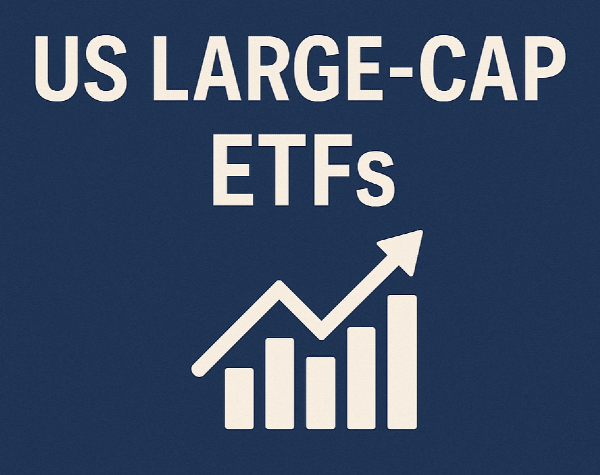


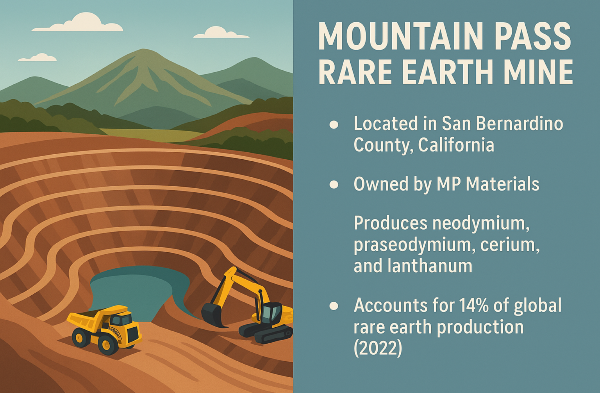
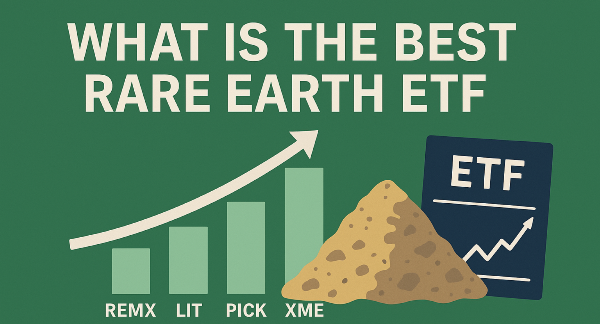
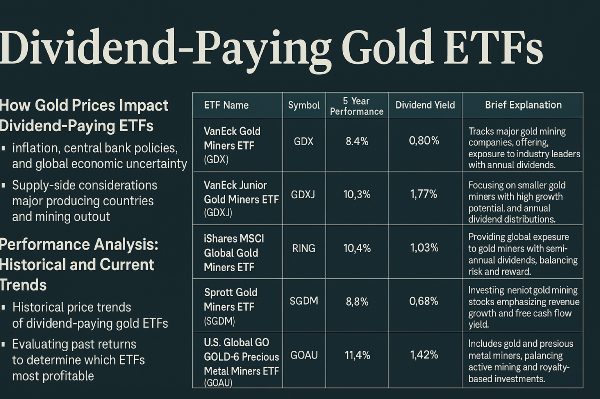
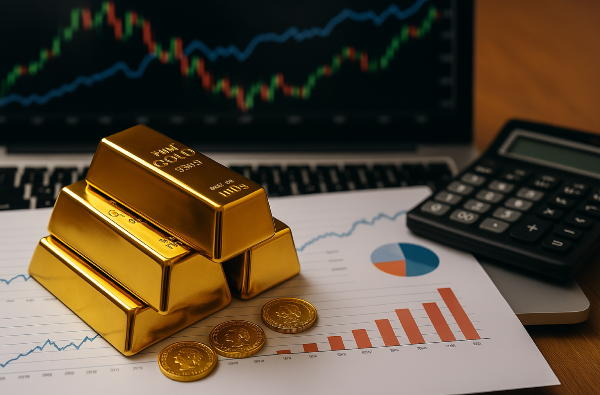
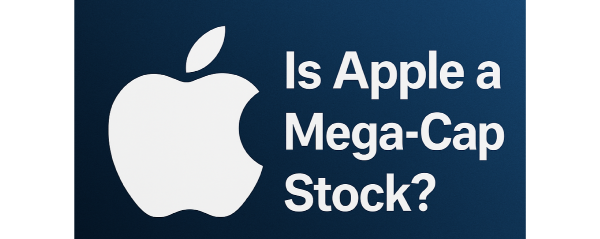
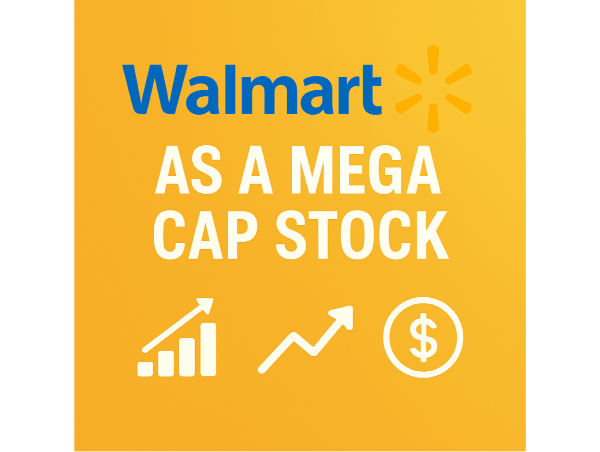
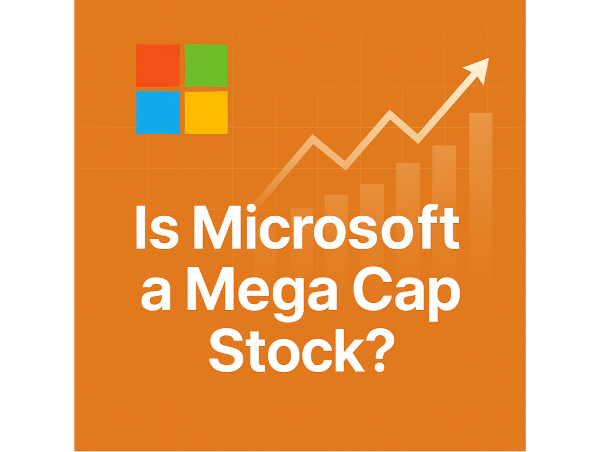




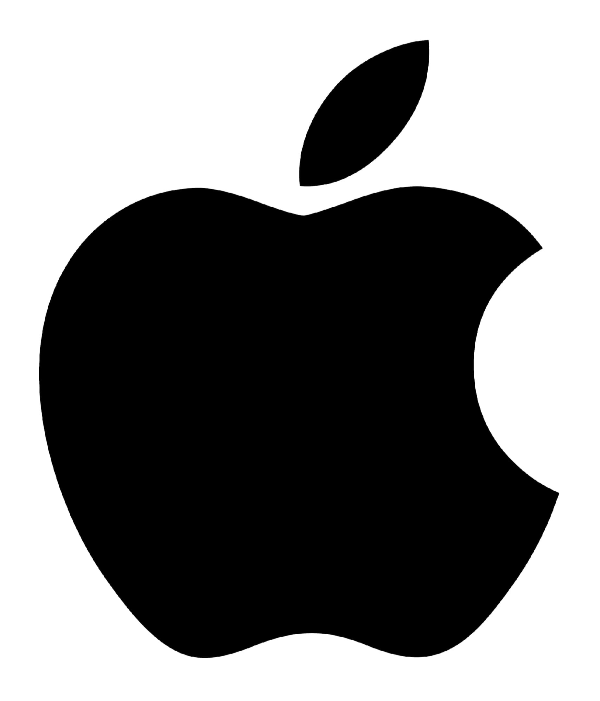













Introduction
Large-cap ETFs provide investors with exposure to well-established companies that dominate their industries and drive economic growth. These funds are favored for their stability, liquidity, and potential for steady long-term returns. Investors seek large-cap ETFs to diversify their portfolios while minimizing individual stock risks. Key metrics such as market capitalization, expense ratios, and tracking accuracy help evaluate ETF performance.
What Defines a US Large-Cap ETF?
Large-cap ETFs specialize in investing in companies with market capitalizations exceeding ten billion dollars. These funds provide exposure to well-established businesses that have demonstrated financial stability and consistent earnings over time. Investors favor large-cap stocks for their ability to offer steady returns and lower volatility compared to mid- and small-cap companies. By investing in a diversified portfolio of large-cap stocks, ETFs allow investors to mitigate individual stock risks while benefiting from the long-term growth potential of industry leaders.
Investing in large-cap stocks within the US market offers unique advantages, as these companies often dominate their respective industries and contribute significantly to economic growth. Many large-cap ETFs track benchmark indices such as the S&P 500 or Russell 1000, ensuring exposure to companies with strong financials and competitive advantages. Key indicators used to evaluate large-cap ETFs include market capitalization, liquidity, and expense ratios. Market capitalization determines the size of the companies included in the fund, influencing overall risk and return potential.
Benefits of Investing in US Large-Cap ETFs
US large-cap ETFs provide investors with broad portfolio diversification, reducing exposure to individual stock volatility. These funds include a mix of well-established companies across various sectors, helping to balance risk while maintaining steady returns. By investing in a diversified basket of large-cap stocks, ETFs allow investors to mitigate the impact of market fluctuations and sector-specific downturns.
Historically, large-cap ETFs have demonstrated resilience compared to individual stock investing. While selecting individual stocks requires extensive research and carries higher risk, ETFs provide exposure to a broad market index, ensuring steady performance over time. Passive investing through ETFs has often led to better long-term results, particularly in large-cap segments. Dividend yields are another key advantage of large-cap ETFs, as many of the underlying stocks offer regular income distributions. Compared to growth-focused funds, large-cap ETFs provide a more balanced approach, combining income generation with long-term investment stability.
Criteria for Selecting the Best US Large-Cap ETFs
Expense ratios play a crucial role in determining the long-term returns of US large-cap ETFs. These fees, expressed as a percentage of assets under management, cover operational costs such as fund management and administrative expenses. Lower expense ratios allow investors to retain more of their earnings. Liquidity and trading volume are essential factors when selecting a US large-cap ETF. High liquidity ensures that investors can buy and sell shares without significant price fluctuations, reducing the risk of slippage. Sector composition and benchmark indices influence the exposure and performance of US large-cap ETFs.
Top US Large-Cap ETFs to Consider
Several US large-cap ETFs stand out for their historical performance and investment strategies. Funds such as the SPDR S&P 500 ETF Trust (SPY), Vanguard S&P 500 ETF (VOO), and iShares Russell 1000 ETF (IWB) have consistently delivered strong returns. These ETFs track indices that focus on large-cap companies, offering investors exposure to stocks with solid fundamentals and attractive valuations. ETF providers employ different strategies to construct their large-cap funds.
Vanguard emphasizes low-cost investing with a passive approach, while iShares focuses on tracking established indices such as the Russell 1000. SPDR, managed by State Street Global Advisors, offers one of the most liquid ETFs, making it a preferred choice for traders. These differences influence fund composition and performance. Market capitalization weightings vary across large-cap ETFs, affecting their exposure to individual stocks and sectors. Understanding these distinctions helps investors make informed decisions when selecting the best US large-cap ETF for their needs.
Tax Efficiency and Portfolio Integration
ETFs offer significant tax advantages compared to mutual funds due to their unique structure. Unlike mutual funds, which often distribute capital gains to shareholders when fund managers sell assets, ETFs minimize taxable events through in-kind creation and redemption processes. This mechanism allows ETFs to avoid triggering capital gains taxes, making them a more tax-efficient investment option. Additionally, ETFs generally have lower turnover rates. Large-cap ETFs integrate seamlessly into various investment strategies, providing stability and long-term growth potential. Investors seeking diversification and lower volatility often incorporate these funds into their portfolios to balance risk exposure.
Tax considerations for long-term investors include capital gains treatment and dividend taxation. ETFs held for over a year benefit from lower long-term capital gains tax rates, making them more favorable for investors with extended holding periods. Additionally, dividend income from large-cap ETFs may be taxed at qualified dividend rates.
Risks and Challenges of US Large-Cap ETFs
Market volatility can significantly impact US large-cap ETFs, as these funds are tied to the performance of their underlying stocks. During periods of economic uncertainty, large-cap stocks may experience price fluctuations, affecting ETF returns. While large-cap companies tend to be more stable than smaller firms, they are still susceptible to broader market trends. Investors should consider volatility management strategies, such as diversification and long-term holding periods, to mitigate risks associated with market downturns. Sector concentration risks and diversification concerns are important factors when evaluating large-cap ETFs.
Macroeconomic factors such as interest rate changes, inflation trends, and economic recessions can impact the valuation of large-cap stocks. Rising interest rates may reduce the attractiveness of dividend-paying value stocks, while inflationary pressures can affect corporate earnings and investor sentiment. Monitoring these macroeconomic indicators allows investors to make informed decisions and adjust their ETF holdings based on prevailing market conditions.
Conclusion
US large-cap ETFs offer a reliable and cost-efficient way for investors to gain exposure to well-established companies that drive economic growth. These funds provide diversification, tax advantages, and consistent returns, making them a valuable component of long-term investment strategies. While market volatility, sector concentration risks, and macroeconomic factors can influence performance, large-cap ETFs remain a stable choice for those seeking steady gains and dividend income. Investors must carefully evaluate the expense ratios, liquidity, and benchmark indices to derive the maximum benefit from US large-cap ETFs.